One of the more interesting developments in building technology today is actually a reworking of a very familiar material.
Cross Laminated Timber (CLT) is an engineered wood product that has been around for over 20 years in Europe, but is fairly new to North America. CLT is made from several pieces of lumber glued and stacked in overlapping layers—think plywood on steroids. The final strength of CLT allows it to be used as both a vertical and horizontal structure. It is among a number of new "mass timber" products being manufactured from relatively simple components and is an incredibly sustainable material that often provides a warmth and natural touch that cannot be achieved with concrete or steel. The big draw for developers and builders however, is the limited man power required for installation, carbon sequestration capacity, and the speed with which they can build.
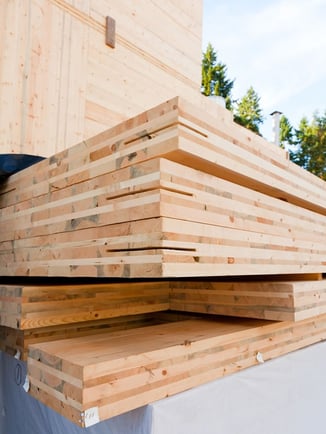
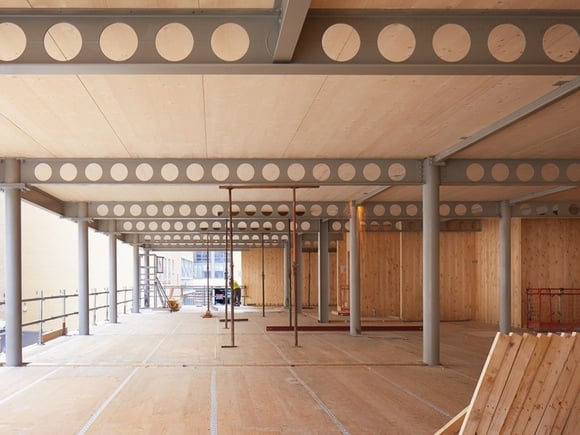
In 2015, the International Building Code was updated to recognize CLT as a structural system. This was a critical milestone that now allows cities to add CLT as an approved structural solution for architectural and engineering design. New code provisions allow for exterior walls, floors, roofs, and interior walls to be constructed with CLT. Prior to this change, architects and engineers had to have their CLT buildings approved as an "alternative material" that satisfied applicable standards as determined by local building officials. This meant extra time in review and associated carrying costs without a guarantee that the building department would approve the design.
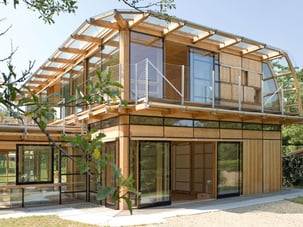
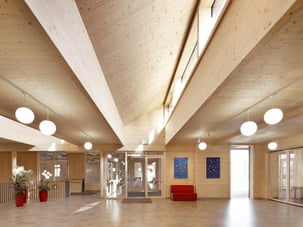
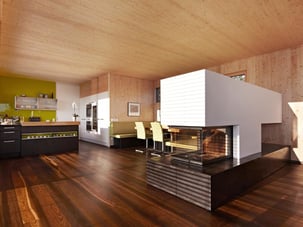
Despite these initial challenges, there are many examples of CLT and mass timber construction throughout the world. One notable project in Australia, dubbed "Forte," is a ten-story residential building developed and designed by Lend Lease. Forte was completed in 2013 and is located in the Victoria Harbour neighborhood of Melbourne. Ten floors of CLT were installed in ten weeks by five skilled laborers. Yes, you read that right, just five laborers completed ten floors of structure. Because CLT is typically prefabricated in a manufacturing facility, it is immediately ready to be installed upon arrival at the job site. This creates a streamlined process and eliminates unnecessary construction waste as very few pieces, if any, need to be cut and formed on site. Lend Lease estimates that the use of CLT shaved 30% off of the total build time, reduced construction traffic, and eliminated more waste than a typical concrete structure.
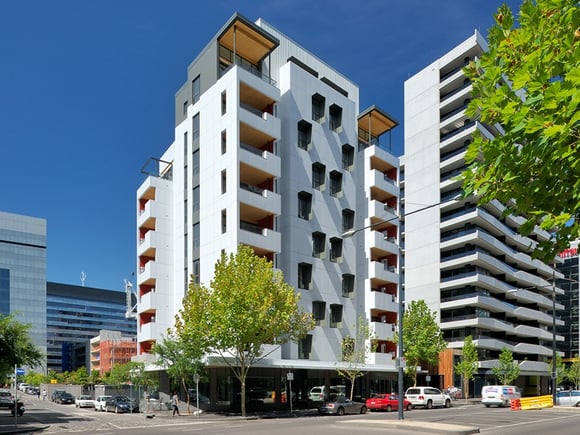
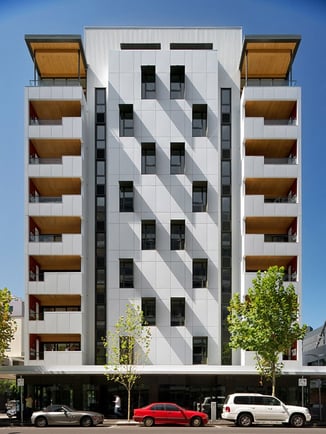
Here in New York City, we are also starting to see the fruits of forward-thinking developers and architects. 475 West 18th Street, a ten-story, high-end condominium building with a wood structure won a competition sponsored by the United States Department of Agriculture (USDA). An incredible example of the potential for wood, this project left timber columns and beams exposed where possible. It was a deliberate aesthetic move that will showcase the building’s timber construction as a selling feature. The project, designed by Shop Architects, is a testing ground for the architects in order to use CLT on other projects.
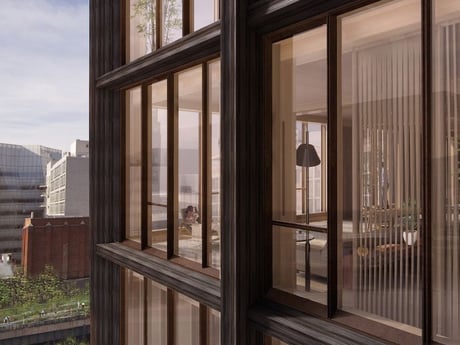

Both Forte and 475 West 18th Street are excellent examples of the capabilities of CLT and mass timber products. However, they may only represent humble beginnings to a larger, taller trend. In Vancouver, an 18-story dormitory at the University of British Columbia recently topped out and a 24-story mixed-used hotel and apartment project is being developed in Vienna, Austria. In addition, research completed by SOM in 2013 and 2014 found that a 42-story wood high-rise is feasible with current technologies. A tower of this height would reduce its carbon footprint by upwards of 75% when compared to a concrete or steel tower of the same height.
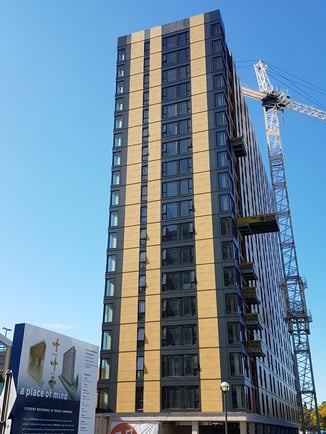
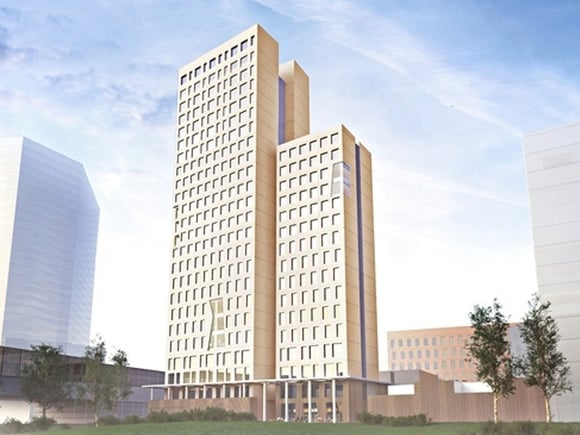
These current and future tests will be important for the CLT and mass timber industry as economies of scale continue to reduce construction time and material waste while increasing carbon sequestration in comparison to typical high-rise construction. All projects point to a prosperous future for CLT and the potential for a game-changing material in the construction industry.
Meet our blog contributor for the Ask an Architect series, Andy Urbany.
 201 366 8692
201 366 8692








